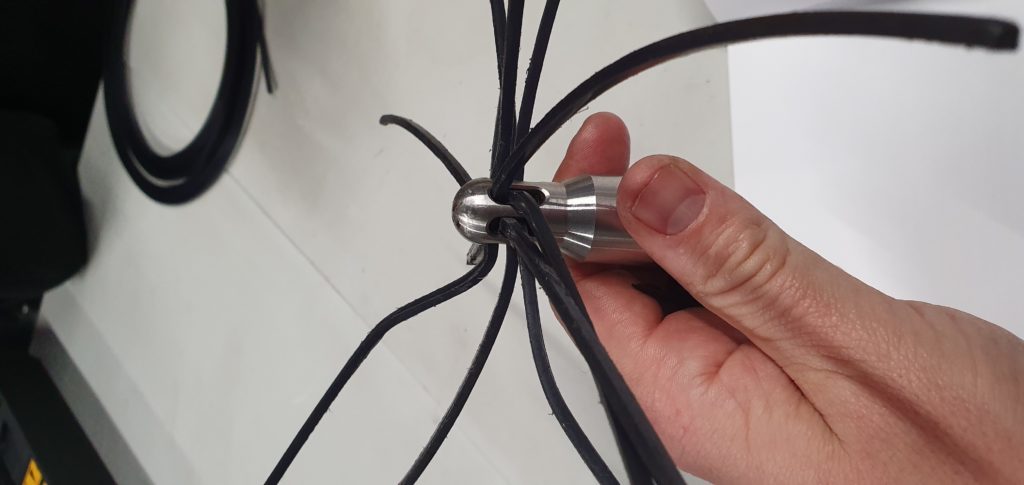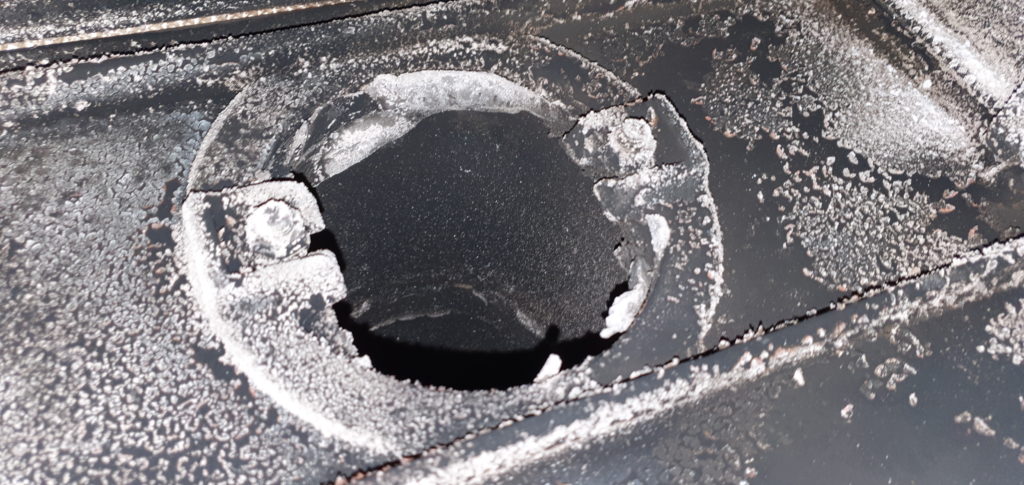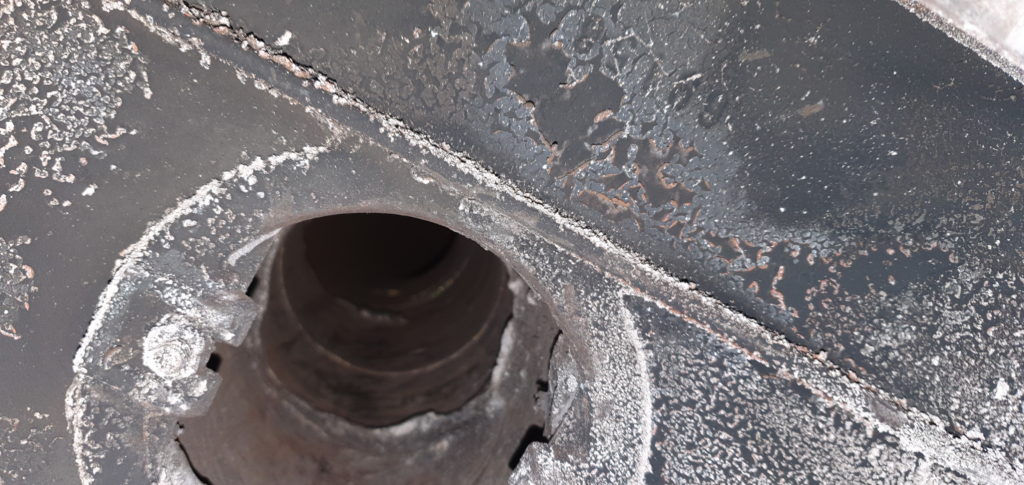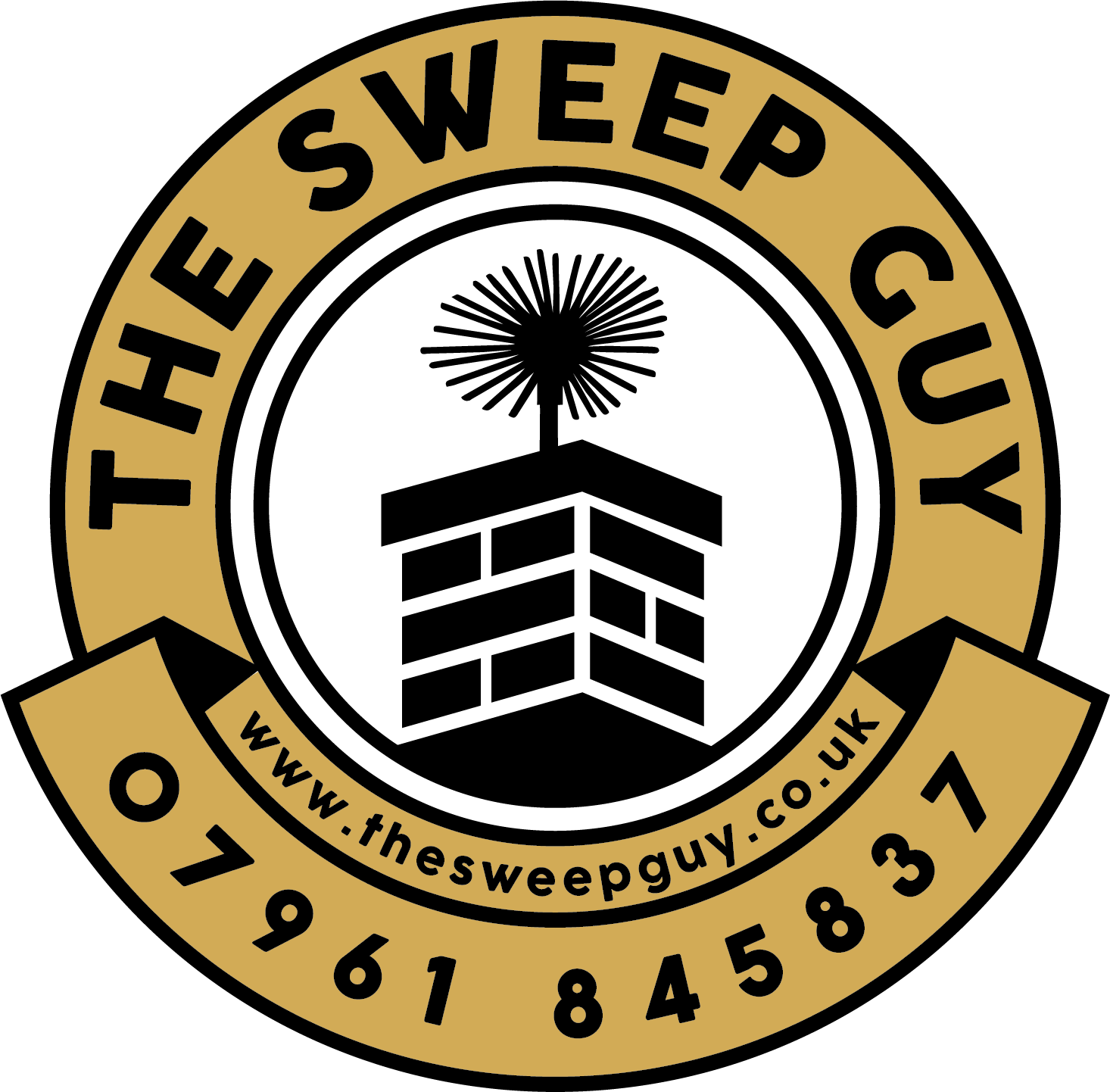


“If you would rather the traditional sweeping method that is absolutely fine although the results wont be as good!”
“There is no pushing and pulling of brushes that can cause your flue to come lose and weaken the joints”
“Traditional brushes being pushed up and down an old chimney can cause the brick mortar to become weak and put holes in your chimney”
“You can see the results from power sweeping are far more effective at keeping your flue clean and therefore lowering the risk of a fire”
Now there is a faster, cleaner, gentler and much more effective way of sweeping: power sweeping.
The older brush and rod and the line and ball methods have drawbacks. One is the friction caused by a brush pressing against the flue, especially an old one, which can cause damage. The up and down movement of the brush has been known, as all sweeps know, to dislodge parts of the wall of an old unlined flue, possibly weakening the chimney. Power sweeping is much kinder. The power sweeper acts much like a strimmer and cuts through soot and tar. Unlike the traditional methods, it puts no pressure on the flue, so it is much better for metal liners and older flues.
Neither of the older methods of sweeping are able to remove third stage tar from the inner liner, and using a scraper to remove second degree tar is slower and unreliable. The power sweeper, in contrast, removes all three tar deposits without damage to the liner.
When sweeping a square chimney, the brush and rod or line and ball sweeps into the corners, leaving soot and tar deposits on the sides of the flue. In contrast, with power sweeping the brush head expands to suit the flue you are sweeping, and it also centres itself.
